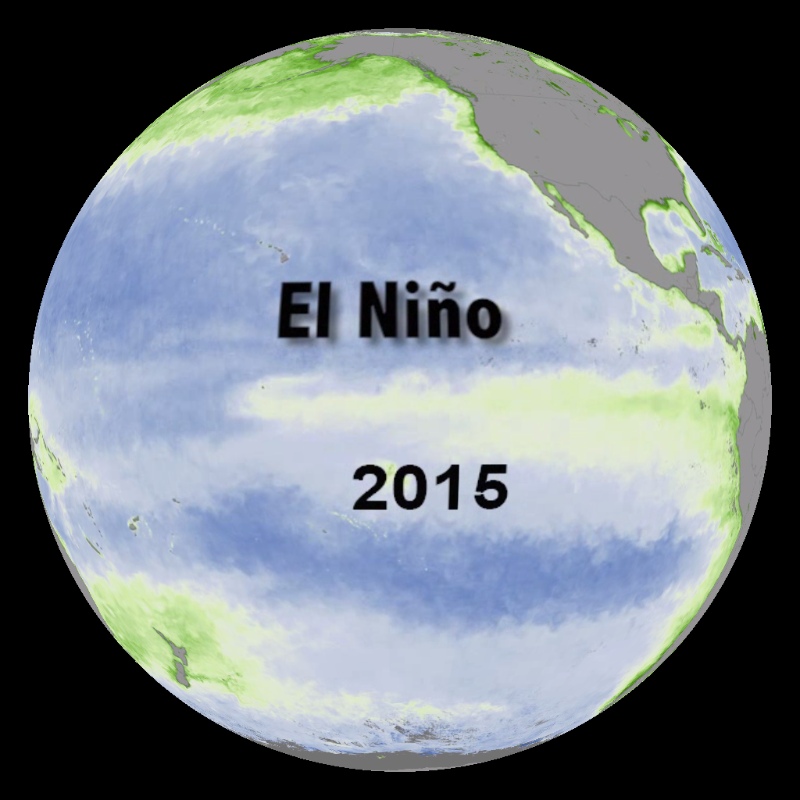ClimateBits: El Nino

This video goes into the causes and effects of the El Niño Southern Oscillation (ENSO).
For SOSx use The Story of El Nino.
The worst drought in over a thousand years of California’s history finally ended in the winter of 2014 when a series of storms poured millions of gallons of water over its drought-stricken coast.
This outpouring of water is referred to as an atmospheric river, and was caused in part by El Niño. El Niño refers to the phase of the natural three-to-five-year El Niño Southern Oscillation (ENSO) cycle, when east winds are weaker, and water in the Pacific warms. During an El Niño year, the west coast of the United States tends to receive more rainfall, however El Niño (and its opposite La Niña) have varying effects on global weather patterns.
Download an SOS playlist for this module.

This video goes into the causes and effects of the El Niño Southern Oscillation (ENSO).
For SOSx use The Story of El Nino.

An atmospheric river, such as the one that ended the 2014 drought in California could be seen in this satellite data, depending on the season. A common one extends from Hawaii to the west coast of the U.S. that is sometimes called the Pineapple Express.
For SOSx use Hurricane Harvey: Clouds with Precipitation - 2017.

This video gives more background on the ecosystem impacts of ENSO.

ENSO can cause droughts like it did in California, but around the world its regional impacts are different.

Because El Niño is a shift in the temperature in the ocean, anomalies in sea surface temperature indicate the current status of the ENSO cycle. Look for cooler water off the Western coast of South America during El Niño events.